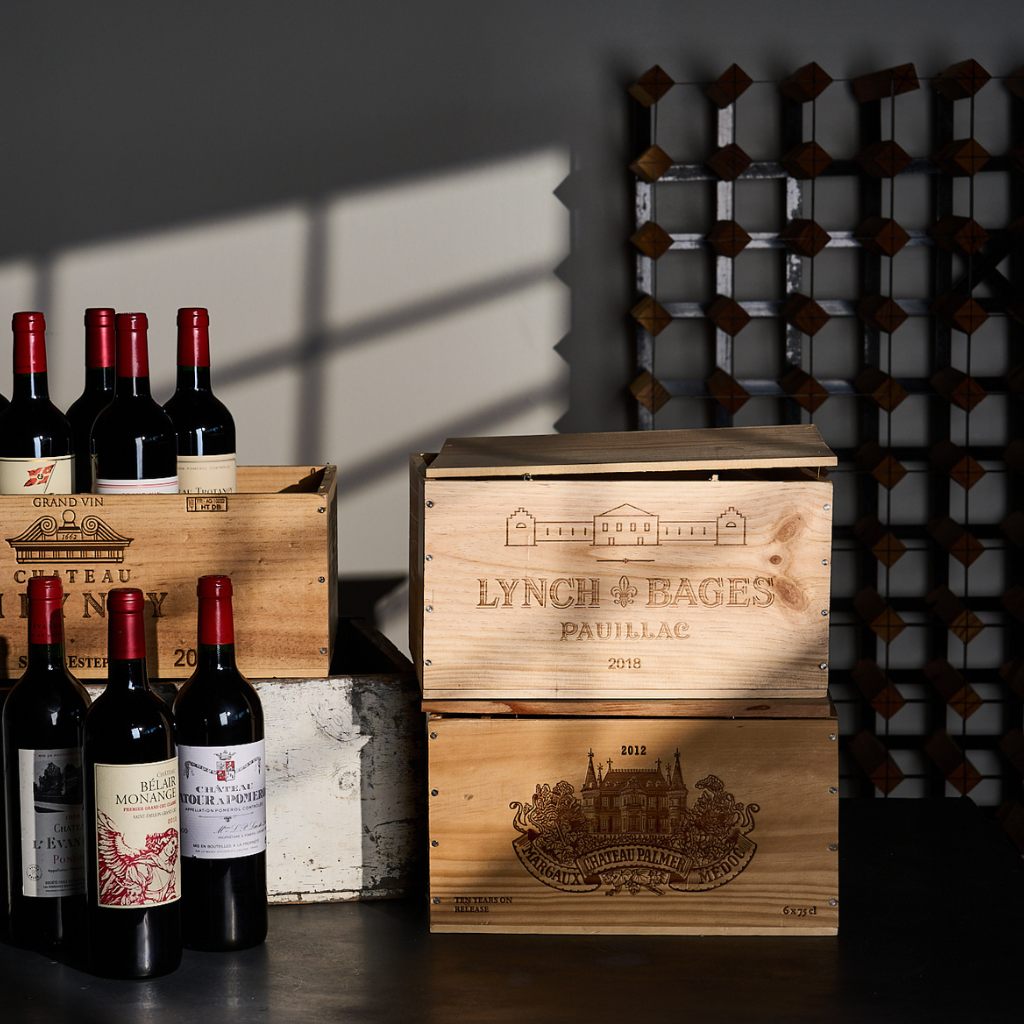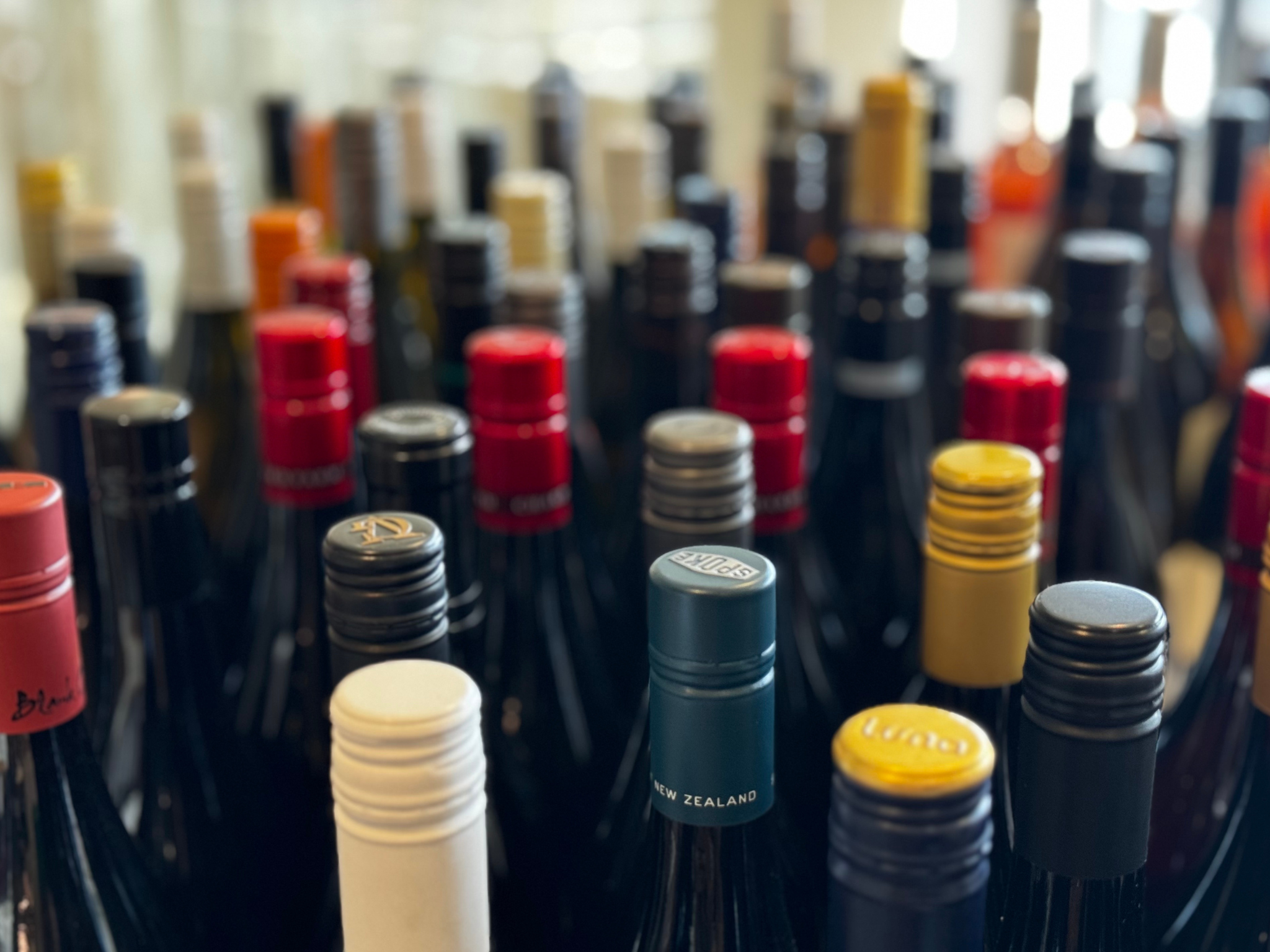The 2024 Bordeaux en primeur campaign reflects a vintage shaped by climatic unpredictability and broader shifts in the global wine market — offering both opportunities and important considerations for those looking to purchase.
As outlined in our vintage summary, weather conditions brought real challenges to producers across the region. This is not a year for generalisations. While some estates attribute their struggles to the complexities of organic farming, others credit their success to precisely that — organic and biodynamic viticulture. It’s not a vintage that clearly favours the Left or Right Bank. Instead, it’s very much a producer’s vintage — where experience, responsiveness, and thoughtful vineyard management have made all the difference.
In terms of style, 2024 is unlikely to be a vintage destined for extended ageing. These wines are intended to be enjoyed earlier, with the best examples showing charm, approachability, and classic Bordeaux typicity. That said, yields have been significantly affected by the challenging conditions, with many châteaux reporting volumes well below their average. In the context of today’s economic pressures, lower production volumes may not be entirely unwelcome.
The broader market environment also plays a central role in how this campaign is unfolding. Major export markets for Bordeaux — the United States, the UK, and China — are facing their own hurdles. In the U.S., uncertainty around future tariffs on French wine is making it difficult for importers to commit. In the UK, support for Bordeaux remains, but post-Brexit realities have reduced overall demand. Meanwhile, the earlier boom in the Chinese market has cooled significantly, with high stock levels and ongoing economic strain.
This market backdrop has been impossible for châteaux to ignore. In past campaigns, négociants could purchase allocations and release them later. That strategy is now constrained by high interest rates and stock overhang from previous vintages. The result? Château owners are adjusting their release strategies and pricing accordingly.
One notable example is Château Lafite-Rothschild, which has led with a bold pricing decision, releasing its 2024 vintage at a significantly reduced price — comparable to its 2014 release and well below current market value. It remains to be seen whether others will follow suit, but there is growing hope that this signals a broader trend. If it does, this campaign could offer excellent buying opportunities.
The 2024 en primeur vintage may not be uniformly outstanding, but it holds plenty of promise. Many wines offer freshness, finesse, and the hallmark elegance that Bordeaux is known for. Should pricing continue along the lines seen so far, this campaign will represent Bordeaux at its most adaptive and responsive — reflecting both the region’s long-standing traditions and its willingness to meet the realities of the moment.
For those looking to secure wines with character and quality at favourable prices, the 2024 en primeur season presents a compelling opportunity.






